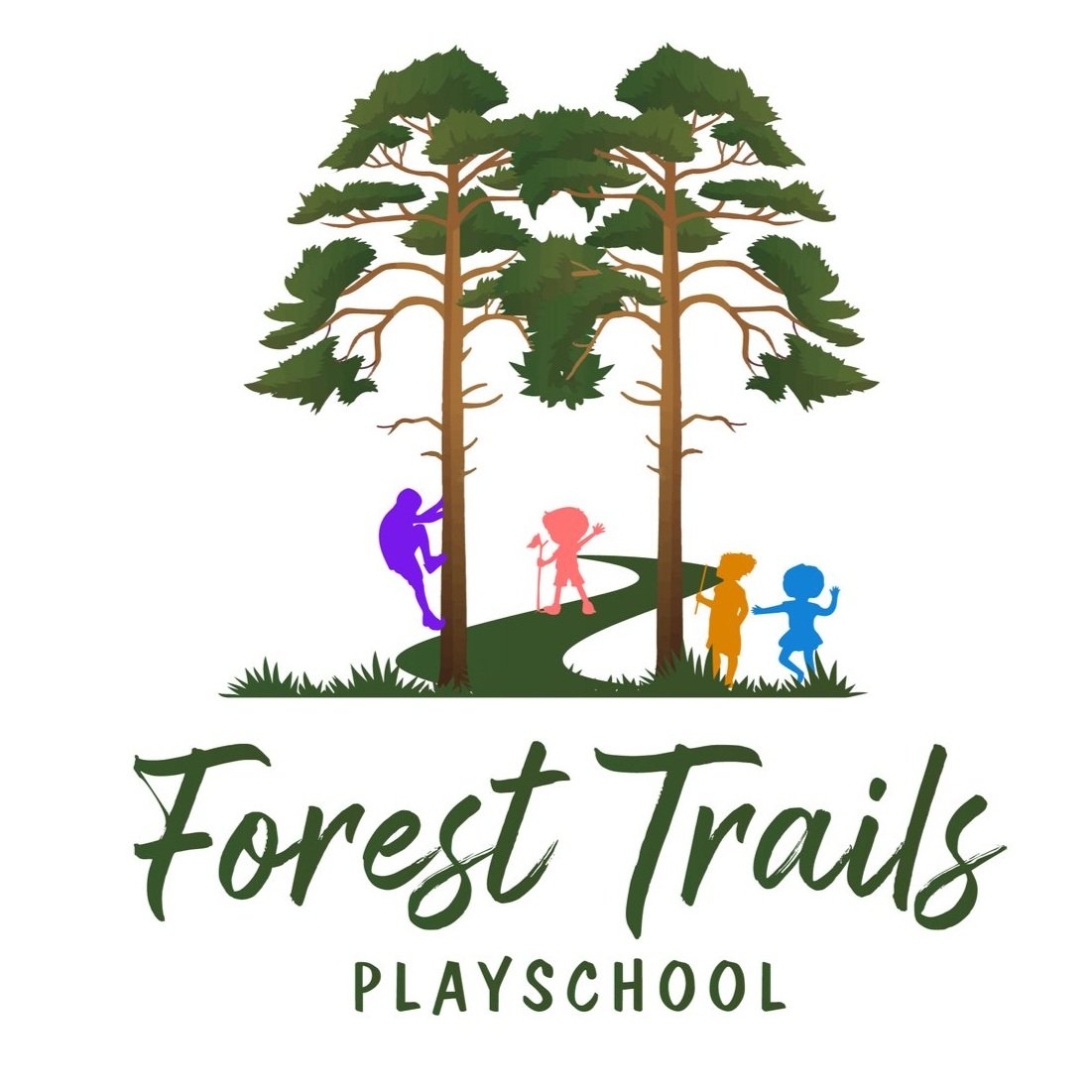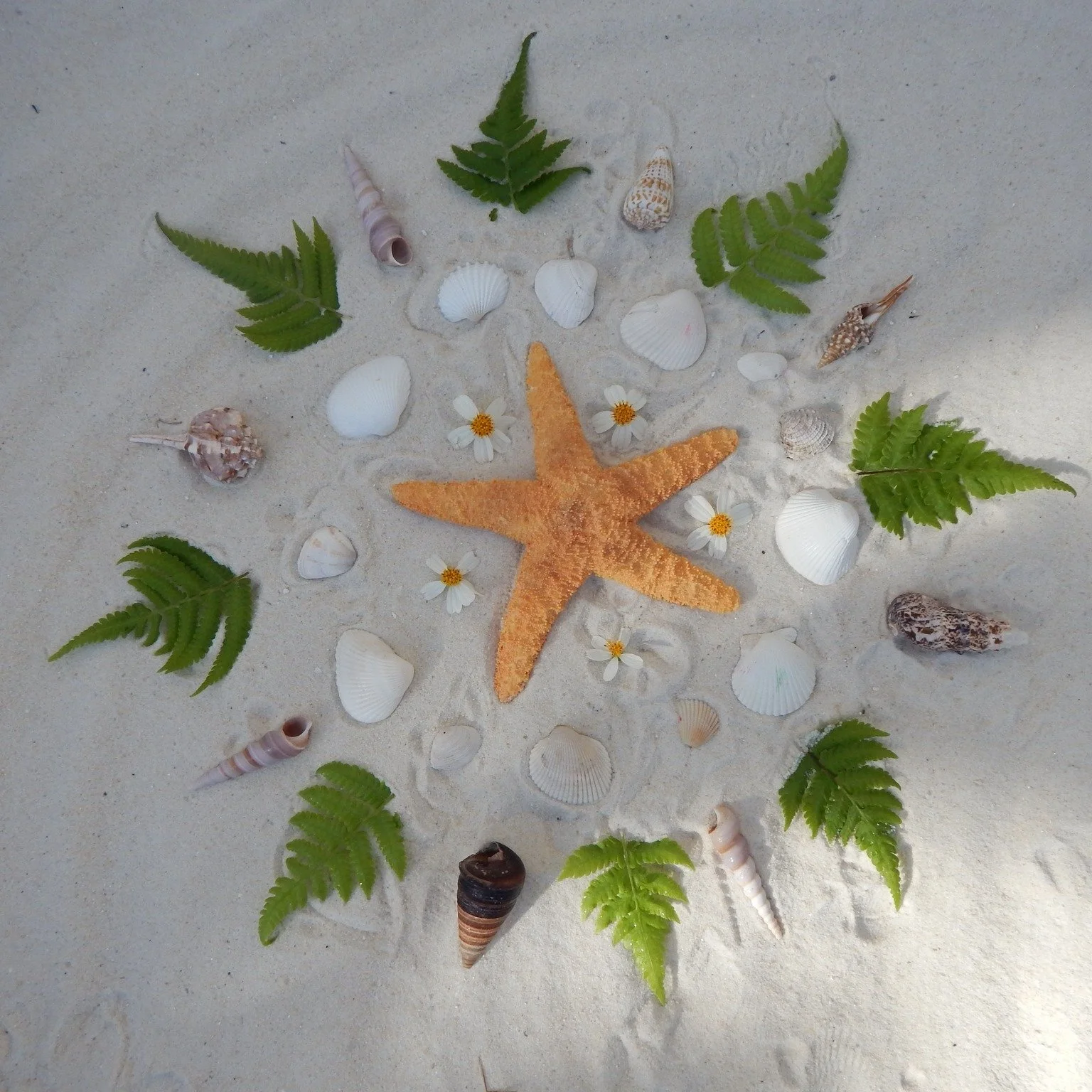
Play
Play is an important component of our forest school program. At Pine Forest Nature School, natural and environmentally friendly materials are used as a primary source for construction, play, and learning. Children will have many opportunities for play while exploring the forest or playing in our natural playground. Types of play:
Loose parts are attractive and captivating objects that children can combine, construct, take apart, carry and design with no specific instructions for use. They invite conversations and collaboration with each other that lead to positive social development, creativity, and critical thinking. In an outdoor setting, loose parts may be leaves, sticks, rocks, sand, dirt, water, etc. Children may engage in symbolic play in which a branch with leaves may become a broom, create elaborate patterns like a mandala, or experiment with physics when building a tower of tree cookies. Loose parts allow a child to learn all areas of a typical classroom curriculum while playing outdoors in a fun, hands-on environment.
Math: Children manipulate loose parts while learning about math at the same time. Some topics a child might learn about include sorting, patterns, measurement, spatial awareness, counting, conservation, and geometric shapes.
Physical Science: Loose parts help children learn about the scientific method as children make a hypothesis about the outcome of an action and then test it to see if they are correct. Children experiment with physics when creating towers and inclines, leading to discoveries about gravity, weight, and distance.
Dramatic and symbolic play: Children may use loose parts in creative ways that most adults may never think of. For example, I have had students use sticks and stones to create a town, bushes became a house, a large branch became a pony. Groups of children may collaborate and play together. In order for the game to work, children must learn to compromise and use other social skills.
Language and Literacy: Loose parts promote language development when children use them to tell a story or to interact with other children. This leads to increased vocabulary, memory and literacy.
Art: Loose parts in a natural environment may invite a child to use a stick to draw in the mud, sculpt mud or clay, create a mosaic of stones, or arrange shells in a spiral.
Sensory exploration: Nature is full of opportunities to explore the senses in nature. Walking barefoot in the mud, rubbing the rough bark of a tree, listening to a bee buzzing, watching an ant on a leaf, smelling the sweet smell of jasmine flowers, tasting some juicy wild blackberries.
Loose Parts Play
Risky Play
Risky play is play that is a combination of excitement and fear. Children seem to be attracted to risky play. According to Ellen Sandsetter, there are 6 categories of risks that children are attracted to:
Great Heights: children like to climb trees and tall objects
Rapid Speeds: Children like to swing on swings fast, speed on their rollerblades, and rapidly slide down slides
Dangerous Tools: Children like to play with slingshots, bows and arrows, and dangerous machinery
Dangerous elements: Fire, deep bodies of water
Rough and tumble: wrestle and tag
Disappearing/getting lost: hide and seek
Benefits of risky play:
Helps develop self confidence and feel more in control of his or her actions and environment
Teaches resilience and persistence
Reinforces emotional regulation
Learn how to set their own goals
Strengthens balance, coordination, and endurance
Creates an awareness of capabilities/limits
Gives children the ability to assess and make proper judgement about risk
Allows for an understanding of consequences
Strengthens self-esteem, physical development, emotional regulation
Children who participate in risky play are less like to get injured because they have learned to make good decisions
At Pine Forest Nature School, we do not discourage risky play

